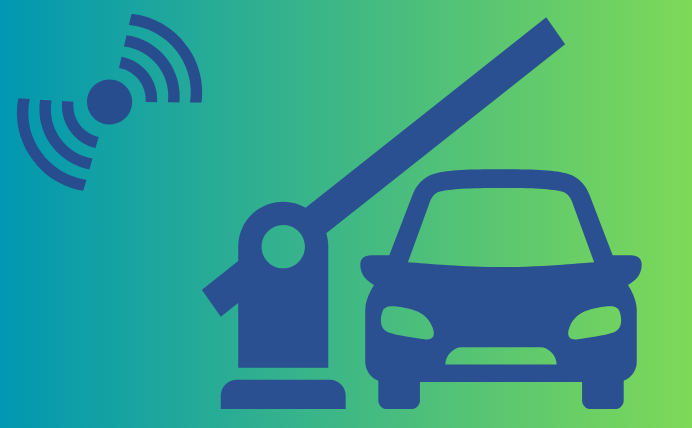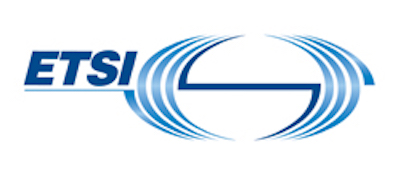

In emergency situations and challenging environments, ensuring the safety and accountability of all personnel is paramount. RFID (Radio-Frequency Identification) technology provides a robust solution for tracking and accounting for individuals in real-time during emergencies.
This technology leverages the wireless touch-free use of radio frequency waves to transfer data. This non-contact technology automatically identifies and tracks tags attached to objects, animals and people, using electromagnetic fields.
.png)
What is RFID in emergency mustering?
In an emergency, knowing who or what has or has not left an area can be critical for ensuring the safety and security of all personnel and assets.
Here’s some examples of how RFID technology can be used to achieve this:
- Personnel Tracking: Each worker wears an RFID-enabled badge. In an emergency, RFID readers log who has left the building and identify any missing individuals, enabling swift and accurate headcounts.
- Automated Mustering Systems: The emergency alarm triggers the RFID system. Employees move to muster points where RFID readers automatically record their presence. Real-time data is displayed on a central dashboard, showing evacuation status and highlighting unaccounted areas.
- Integration with Emergency Response Systems: RFID tags in employee ID cards communicate with the building’s fire control system during an evacuation, tracking movements and guiding emergency responders to individuals’ last known locations.
Key benefits of RFID in emergency mustering
Touch-free RFID tag technology will bring you added speed, accuracy, efficiency, and security to your operations and mitigate safety risks.
The key benefits of RFID in emergency mustering are:
- Speed and Accuracy: Automates the process of accounting for personnel, reducing manual headcount time and increasing accuracy.
- Real-Time Visibility: Provides instant updates on evacuation status, aiding quick decision-making.
- Enhanced Safety: Ensures no individuals are left behind, improving overall safety during emergencies.
- Data Collection: Captures valuable data for post-incident analysis, helping to refine emergency response plans.
- Efficient Resource Allocation: Allows emergency responders to quickly identify and focus on areas where individuals may be at risk.
Common Myths and Realities
There are a few common myths about RFID technology that are worth addressing:
Myth: RFID Compromises Privacy
Reality: RFID in emergency mustering focuses on safety, not surveillance, and data is used solely for ensuring personnel accountability during emergencies.
Myth: RFID Signals Are Easily Interfered With
Reality: Modern RFID systems are designed to operate reliably in various environments with features to minimise interference.
Myth: RFID Tags Are Too Expensive
Reality: Costs have decreased significantly, making RFID an affordable option that offers a high return on investment in safety and efficiency.
Myth: RFID Technology Is Complicated
Reality: For end-users, RFID systems are straightforward and automate most processes, making them user-friendly.
Myth: RFID Is Not Reliable in Emergencies
Reality: RFID provides real-time data and accurate personnel accounting, which is far more reliable than manual methods.
RFID Implementation Process
Evacuation routes and safe zones for mustering are just the beginning. Using RFID to track employees in an emergency provides visibility so that first-responders can react efficiently and effectively with real-time data providing the insight as to who is missing and where they are for faster response time. Pinpoint data accuracy means that employees, contractors and visitors are accounted for and safely evacuated during emergency situations. To do this:
- Deployment of RFID Systems: High-frequency (HF) or ultra-high-frequency (UHF) RFID systems are preferred for their capability to read multiple tags simultaneously and from greater distances.
- Strategic Placement of RFID Readers: Placing readers at key locations such as entry and exit points, muster stations, and corridors ensures comprehensive coverage.
- Use of Active RFID Tags: Active RFID tags, with their own power source, offer extended read ranges and higher accuracy, ideal for large-scale evacuations.
- Centralised Monitoring and Data Management: A centralised system displays real-time evacuation data, triggers alerts for missing individuals, and stores data for analysis.
- Training and Drills: Regular training sessions and evacuation drills ensure personnel are familiar with the system and that it functions correctly under stress.
Implementing RFID technology in emergency mustering enhances the efficiency and safety of evacuation processes, providing real-time tracking, automated alerts, and detailed post-incident analysis. This technology ensures better protection for all personnel, making it an invaluable tool in emergency management strategies.
Mass evacuation is one of the key applications for our bespoke RFID technology which can read multiple tags simultaneously, and at speed. To discuss your own RFID requirements to solve your organisational challenges get in touch.
Posted: Thursday, 1st August 2024
-(350-×-210px)-(1).png)
More Insights









